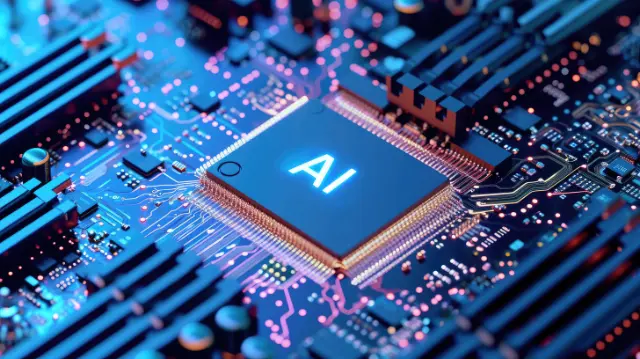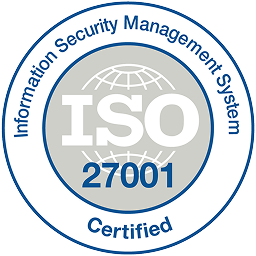Streamlining Energy Management Automation for a Sustainable Hospitality Industry
In today’s competitive hospitality landscape, businesses are constantly seeking ways to optimize operations, reduce costs, and minimize their environmental impact. Energy Management Automation (EMA) has emerged as a powerful tool to address these challenges, enabling businesses to streamline energy consumption monitoring and control systems for greater efficiency and accuracy.
By leveraging Python, AI, and cloud-based solutions, EMA empowers hospitality businesses to:
- Reduce utility costs: Automate energy consumption monitoring and analysis to identify areas of waste and implement targeted energy-saving measures.
- Minimize environmental impact: Track energy usage and greenhouse gas emissions to develop sustainable practices and meet environmental regulations.
- Improve sustainability efforts: Monitor energy consumption patterns and identify opportunities for renewable energy integration and energy efficiency improvements.
EMA is transforming the way hospitality businesses manage their energy consumption. By embracing automation, businesses can unlock significant benefits and contribute to a more sustainable future.

Python, AI, and Cloud: The Power Trio for Energy Management Automation
Python for Unattended and Attended Bots
Python’s versatility extends to both unattended and attended bots for Energy Management Automation (EMA). Unattended bots can autonomously monitor and control energy consumption, while attended bots assist human operators with tasks such as data analysis and anomaly detection. Python’s extensive libraries and frameworks simplify the development of these bots, enabling businesses to automate complex tasks with ease.
Cloud Platforms as Automation Orchestrators
Cloud platforms offer a comprehensive suite of automation orchestration capabilities that surpass traditional RPA/workflow tools. They provide:
- Scalability: Handle large volumes of data and complex automation processes.
- Reliability: Ensure continuous operation and minimize downtime.
- Security: Protect sensitive data and comply with industry regulations.
AI for Enhanced Accuracy and Edge Case Handling
AI techniques empower EMA automations with:
- Image recognition: Analyze energy consumption patterns from images or videos.
- Natural language processing (NLP): Extract insights from text-based data, such as energy reports.
- Generative AI: Generate predictive models and optimize energy consumption strategies.
By integrating Python, AI, and cloud platforms, businesses can create highly effective EMA solutions that:
- Improve accuracy and reliability of energy consumption data.
- Automate complex tasks and free up human operators for more strategic initiatives.
- Enhance sustainability efforts and reduce environmental impact.

Building the Energy Management Automation with Python and Cloud
Sub-Processes of Energy Management Automation
1. Data Collection:
- Use Python to connect to energy meters and sensors.
- Collect real-time and historical energy consumption data.
- Store data in a cloud database for analysis and reporting.
2. Data Analysis:
- Analyze energy consumption patterns using Python libraries.
- Identify areas of waste and potential savings.
- Develop predictive models to forecast future energy consumption.
3. Control and Optimization:
- Use Python to automate energy control systems.
- Adjust HVAC settings, lighting, and equipment operation based on real-time data.
- Optimize energy consumption based on predictive models.
Data Security and Compliance
- Encrypt data at rest and in transit using cloud security features.
- Implement role-based access controls to restrict data access.
- Comply with industry regulations and standards, such as HIPAA and GDPR.
Python vs. No-Code RPA/Workflow Tools
| Feature | Python | No-Code RPA/Workflow Tools |
|—|—|—|
| Flexibility | High | Limited |
| Scalability | High | Limited |
| Customization | Unlimited | Limited |
| Integration with AI | Easy | Difficult |
| Data security | Strong | Variable |
Algorythum’s Approach
Algorythum takes a Python-based approach to Energy Management Automation (EMA) because:
- Dissatisfaction with Off-the-Shelf Platforms: Clients experience performance issues and limitations with pre-built RPA tools.
- Superior Flexibility and Customization: Python allows for tailored solutions that meet specific business requirements.
- Enhanced Scalability and Integration: Python seamlessly integrates with cloud platforms and AI techniques for comprehensive EMA solutions.
- Improved Data Security: Algorythum’s Python-based approach ensures robust data security and compliance.

The Future of Energy Management Automation
The convergence of Python, AI, and cloud computing is unlocking new possibilities for Energy Management Automation (EMA). As these technologies continue to evolve, we can expect:
- Real-time Optimization: AI-powered EMA systems will analyze data in real-time and make instant adjustments to optimize energy consumption.
- Predictive Maintenance: EMA systems will use machine learning to predict equipment failures and schedule maintenance proactively.
- Integration with Smart Buildings: EMA will integrate with smart building technologies to automate energy management across entire facilities.
- Personalized Energy Management: AI-powered EMA systems will tailor energy-saving recommendations to individual users’ preferences and behaviors.
Subscribe and Connect
Stay up-to-date on the latest EMA trends and technologies by subscribing to our newsletter.
Contact our team today for a free feasibility and cost-estimate for your custom Energy Management Automation requirements. Let us help you unlock the full potential of energy efficiency and sustainability.

Algorythum – Your Partner in Automations and Beyond
At Algorythum, we specialize in crafting custom RPA solutions with Python, specifically tailored to your industry. We break free from the limitations of off-the-shelf tools, offering:
- A team of Automation & DevSecOps Experts: Deeply experienced in building scalable and efficient automation solutions for various businesses in all industries.
- Reduced Automation Maintenance Costs: Our code is clear, maintainable, and minimizes future upkeep expenses (up to 90% reduction compared to platforms).
- Future-Proof Solutions: You own the code, ensuring flexibility and adaptability as your processes and regulations evolve.









